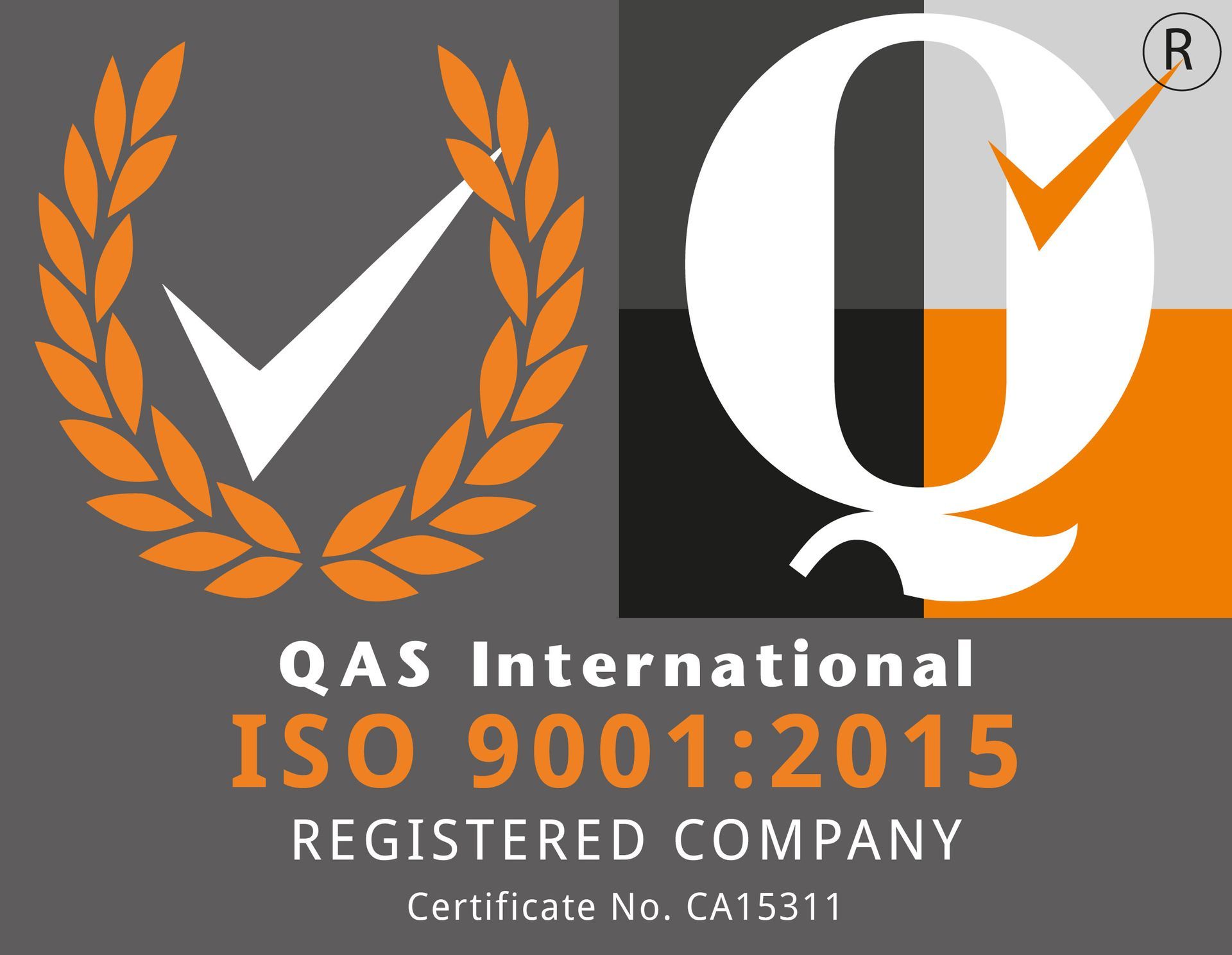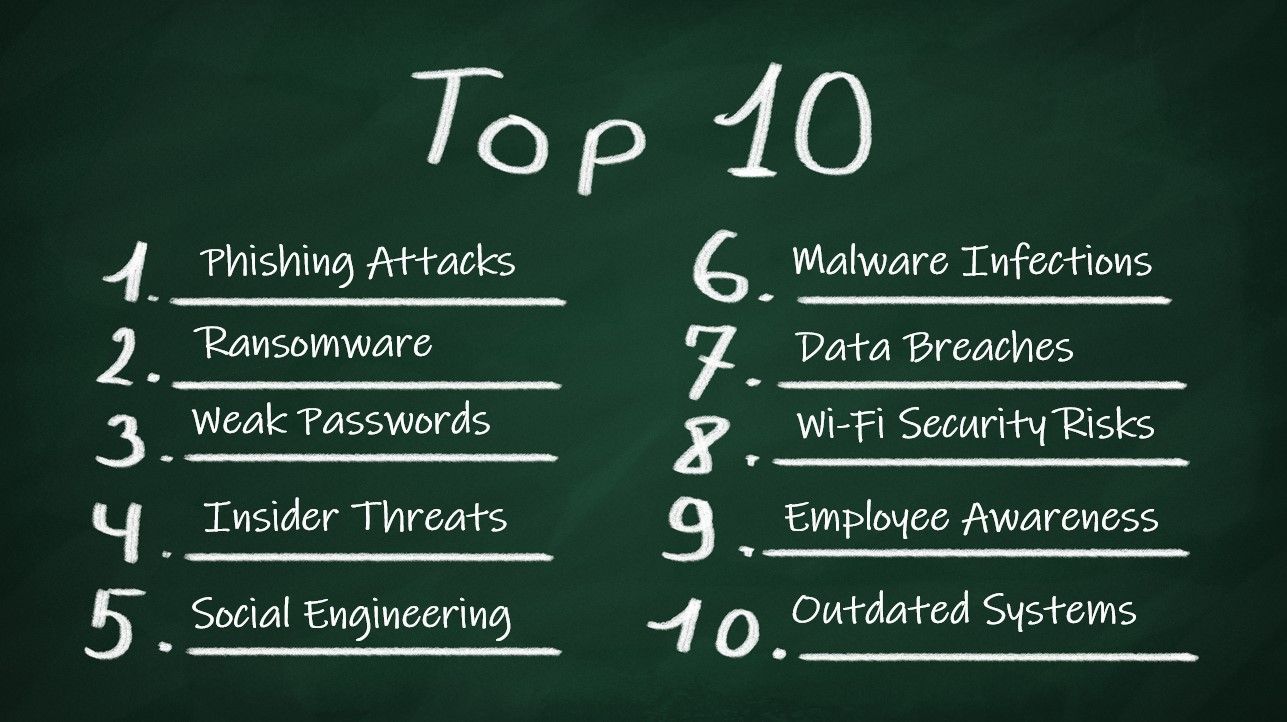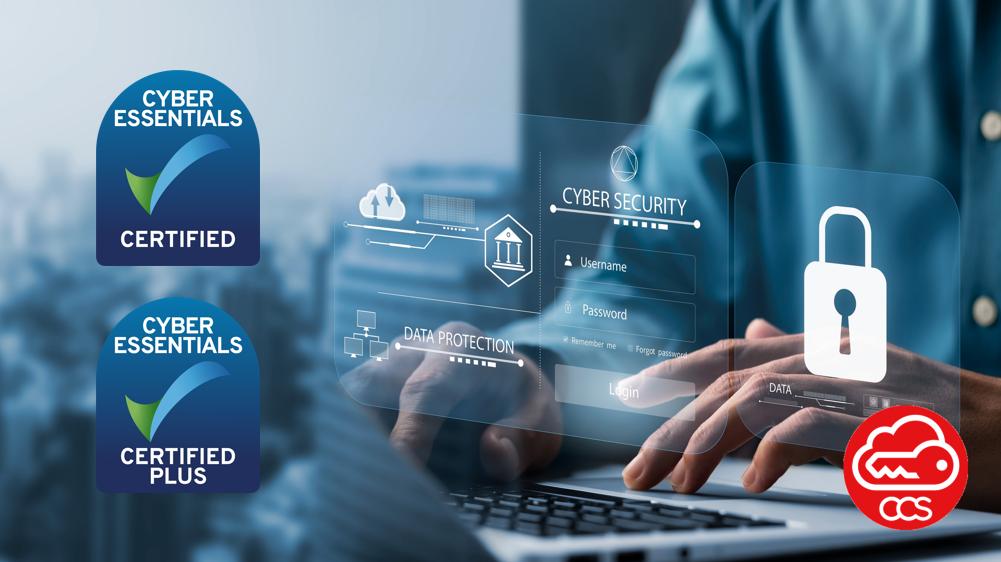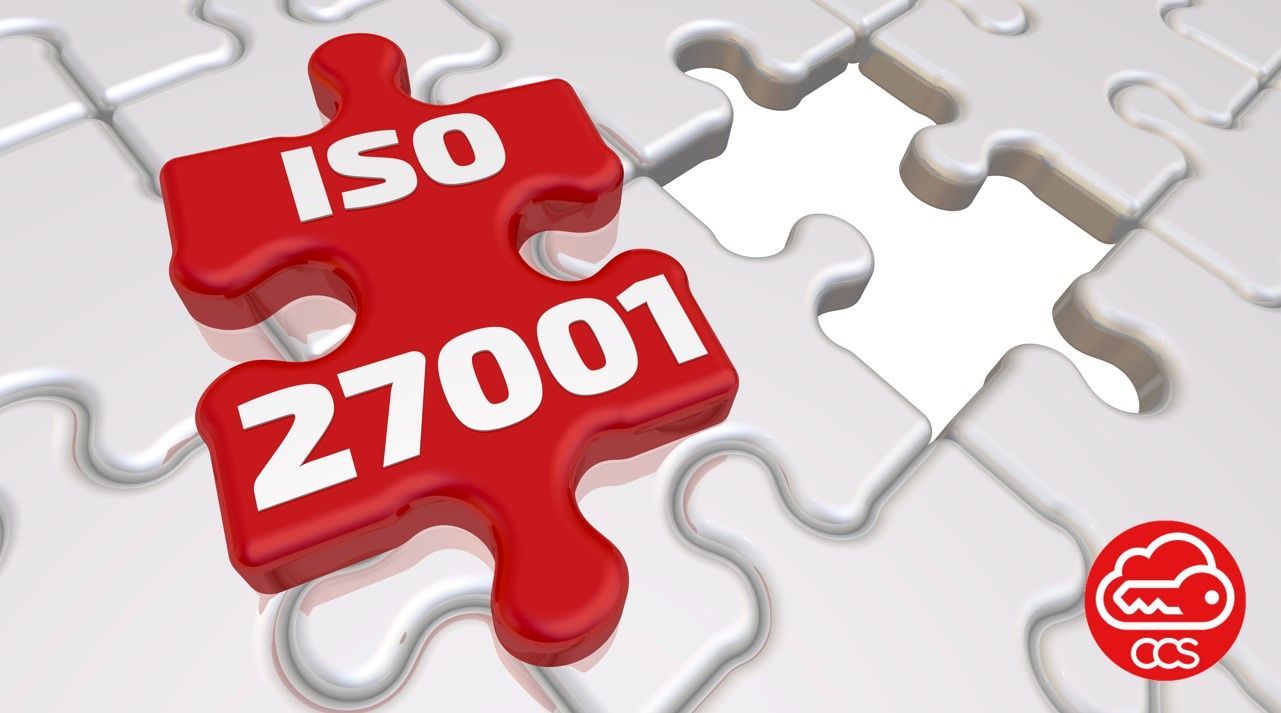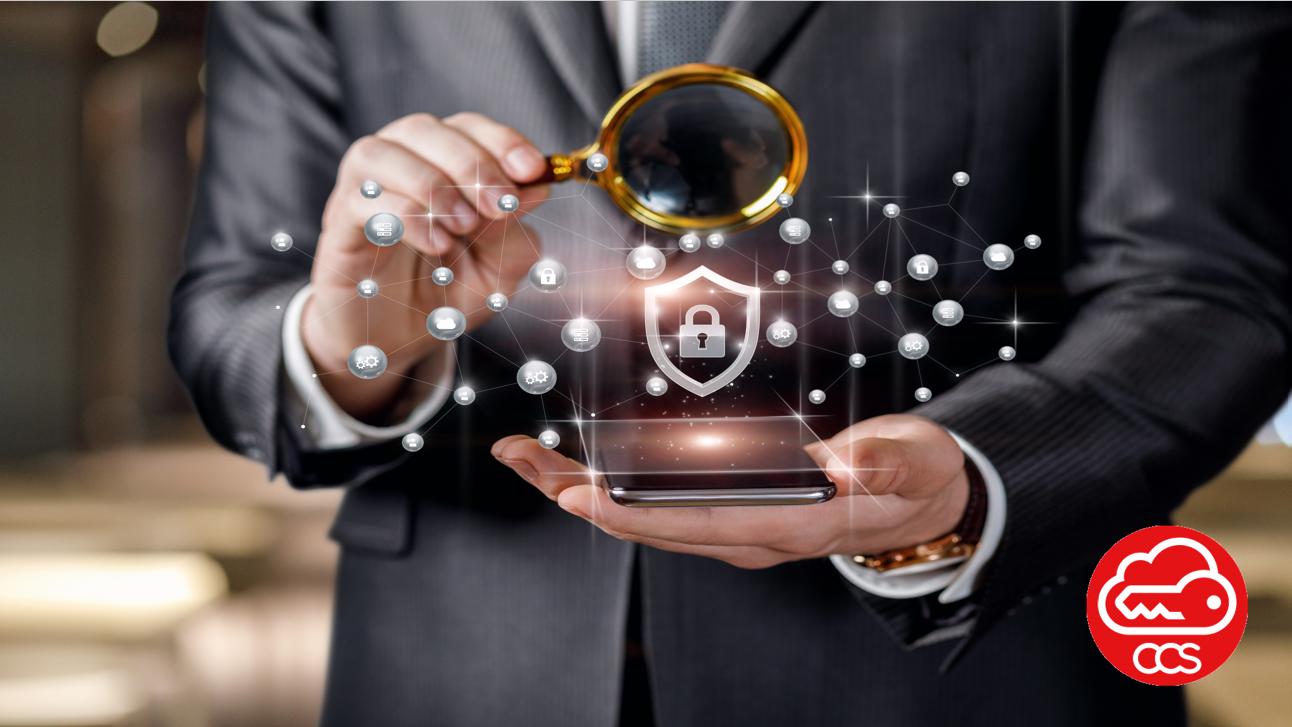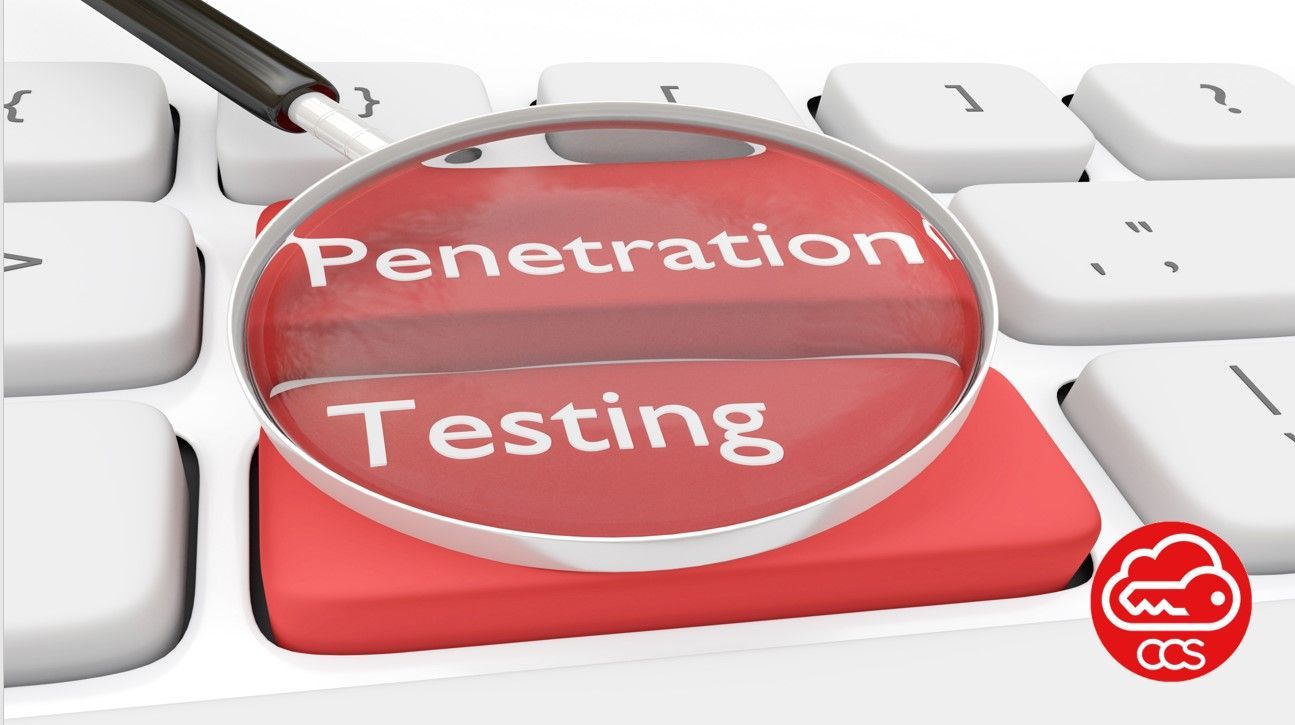ISO 27001 and Cyber Essentials:
Safeguarding SMEs from Top Cyber Threats
In today's digital age, small and medium-sized enterprises (SMEs) face a multitude of cybersecurity threats that can jeopardise their sensitive data, finances, and overall business operations. Understanding these threats and implementing practical measures to address them is crucial for protecting your business from potential harm.
In this guide, we will explore the top 10 cybersecurity threats that businesses commonly encounter and provide simple solutions to mitigate these risks effectively by leveraging ISO 27001 and Cyber Essentials Certification:
- Phishing Attacks:
- Phishing is a fraudulent technique where cybercriminals attempt to trick individuals into revealing sensitive information such as passwords or financial details. To address phishing threats, educate your employees about the signs of phishing emails, encourage scepticism when opening email attachments or clicking on links, and implement email filtering systems to detect and block phishing attempts.
- Ransomware:
- Ransomware is malicious software that encrypts your data and demands a ransom for its release. Protect against ransomware by regularly backing up your data, using reliable antivirus software, and keeping all systems and software up to date with the latest security patches.
- Weak Passwords:
- Weak passwords make it easier for attackers to gain unauthorised access to your systems. Encourage employees to use strong, unique passwords or consider implementing a password manager to generate and securely store complex passwords. Additionally, enable multi-factor authentication wherever possible to add an extra layer of security.
- Insider Threats:
- Insider threats can occur when employees intentionally or unintentionally compromise sensitive data. Implement access controls and user permissions to limit unnecessary access to sensitive information. Regularly review and update user accounts, and provide cybersecurity awareness training to employees to promote a culture of security.
- Social Engineering:
- Social engineering involves manipulating individuals to disclose sensitive information or perform certain actions. Educate your employees about common social engineering techniques such as impersonation, pretexting, or baiting. Encourage them to verify requests for sensitive information through alternate channels before sharing any data.
- Malware Infections:
- Malware is malicious software that can infiltrate your systems and cause damage or steal information. Protect against malware by using reputable antivirus software, regularly updating software and operating systems, and exercising caution when downloading files or visiting unfamiliar websites.
- Data Breaches:
- Data breaches occur when unauthorized individuals gain access to your sensitive data. Implement strong access controls, encrypt sensitive data, and regularly monitor and audit your systems for any unauthorized activities. Additionally, consider having a data breach response plan in place to minimize the impact if a breach does occur.
- Wi-Fi Security Risks:
- Public Wi-Fi networks can be insecure and expose your data to potential threats. Avoid connecting to public Wi-Fi networks when handling sensitive information. If necessary, use a virtual private network (VPN) to encrypt your internet connection and protect your data.
- Lack of Employee Awareness:
- Employees often unknowingly become the weakest link in cybersecurity. Regularly conduct cybersecurity training and awareness programs to educate your employees about common threats, safe online practices, and the importance of maintaining good cybersecurity habits.
- Outdated Software and Systems:
- Using outdated software and operating systems can leave your SME vulnerable to known security vulnerabilities. Regularly update all software, including applications and operating systems, to ensure you have the latest security patches and protect against potential exploits.
Protecting your SME from cybersecurity threats is a continuous effort that requires awareness, education, and proactive measures. By addressing these top 10 threats and implementing the suggested solutions, you can significantly reduce the risk of falling victim to cyberattacks.
Leveraging ISO 27001 and Cyber Essentials Certification to Address the Top 10 Cybersecurity Threats:
- Phishing and Social Engineering:
- Both ISO 27001 and Cyber Essentials Certification provide guidance on raising employee awareness about phishing and social engineering attacks. They emphasise the importance of regular training and education to help employees recognize and respond to these threats effectively. ISO 27001 specifically addresses the need for security awareness programs and ongoing employee engagement (Top 10: #1).
- Malware Infections:
- Both certifications promote the implementation of robust technical controls to protect against malware infections. ISO 27001 emphasises the need for malware prevention and detection measures, while Cyber Essentials Certification provides specific guidance on malware protection, including the use of up-to-date antivirus software (Top 10: #2).
- Insider Threats:
- ISO 27001 addresses insider threats by emphasising the importance of access controls, employee awareness, and regular monitoring. It provides guidance on implementing user access management processes and conducting periodic access reviews. While Cyber Essentials Certification doesn't specifically address insider threats, it does emphasise the need for strong user authentication and access controls (Top 10: #3).
- Weak Passwords:
- Both certifications provide guidance on the importance of strong password policies. ISO 27001 emphasizes the need for robust password management controls, including password complexity requirements and regular password changes. Cyber Essentials Certification also emphasises the use of strong passwords and multi-factor authentication where possible (Top 10: #4).
- Unpatched Systems:
- Both certifications highlight the significance of keeping systems up to date with security patches. ISO 27001 stresses the need for patch management processes to ensure timely application of patches, while Cyber Essentials Certification includes patch management as one of its key requirements (Top 10: #5).
- Insider Data Theft:
- ISO 27001 addresses insider data theft by emphasising the importance of access controls, encryption, and monitoring of data access and transfers. It provides guidance on implementing appropriate controls to prevent unauthorized access to sensitive information. While not specifically addressing insider data theft, Cyber Essentials Certification promotes the use of encryption and access controls to protect sensitive data (Top 10: #6).
- DDoS Attacks:
- ISO 27001 provides guidance on the implementation of network and system resilience measures to mitigate the impact of DDoS attacks. It emphasizes the need for incident response planning and regular testing. Cyber Essentials Certification doesn't specifically address DDoS attacks (Top 10: #7).
- Ransomware Attacks:
- Both certifications emphasise the importance of backup and recovery processes to protect against ransomware attacks. ISO 27001 provides guidance on incident response planning and recovery strategies. Cyber Essentials Certification encourages regular backups and the ability to restore systems from backups (Top 10: #8).
- Cloud Security Risks:
- ISO 27001 addresses cloud security risks by providing guidance on evaluating and selecting cloud service providers, establishing appropriate contracts, and implementing controls to protect data stored or processed in the cloud. Cyber Essentials Certification doesn't specifically address cloud security risks (Top 10: #9).
- Mobile Security Risks:
- ISO 27001 addresses mobile security risks by emphasising the importance of implementing controls to secure mobile devices and protect data stored or transmitted through them. It provides guidance on mobile device management and encryption. Cyber Essentials Certification also highlights the need for secure mobile devices and encrypted data transmission (Top 10: #10).
When it comes to choosing between ISO 27001 and Cyber Essentials Certification for your SME business, both certifications offer valuable benefits and play complementary roles in enhancing your cybersecurity posture. The decision ultimately depends on your specific business needs, industry requirements, and resources available.
If you aim for a comprehensive and internationally recognised approach to information security management, ISO 27001 is an excellent choice. It provides a systematic framework for identifying risks, implementing controls, and continuously improving your security measures. ISO 27001 is often favoured by organisations seeking to demonstrate their commitment to security, comply with regulatory requirements, and establish a robust security management system.
On the other hand, if you are primarily focused on addressing fundamental cybersecurity controls and safeguarding against common cyber threats, Cyber Essentials Certification is a practical option. It offers a simpler and more affordable path to establishing basic security practices, particularly for SMEs with limited resources. Cyber Essentials Certification can help you build a strong foundation by addressing key areas such as network security, access controls, malware protection, and patch management.
In some cases, combining both certifications may be the most effective approach. By implementing the broader security management principles of ISO 27001 alongside the specific controls outlined in Cyber Essentials, you can achieve a well-rounded and robust cybersecurity framework.
Ultimately, it is recommended to assess your organisation's unique requirements, goals, and available resources. Consider factors such as industry regulations, customer expectations, budgetary constraints, and the level of maturity in your existing security practices. Engaging with a trusted cybersecurity consultant or seeking expert advice can also provide valuable insights and help you make an informed decision.
Remember that regardless of the certification you choose, maintaining a proactive and ongoing commitment to cybersecurity is essential. Regularly reviewing and updating your security measures, training employees, and staying informed about emerging threats are critical components of a resilient cybersecurity strategy.
Remember, cybersecurity is everyone's responsibility, and a strong defence starts with a knowledgeable and vigilant team.
